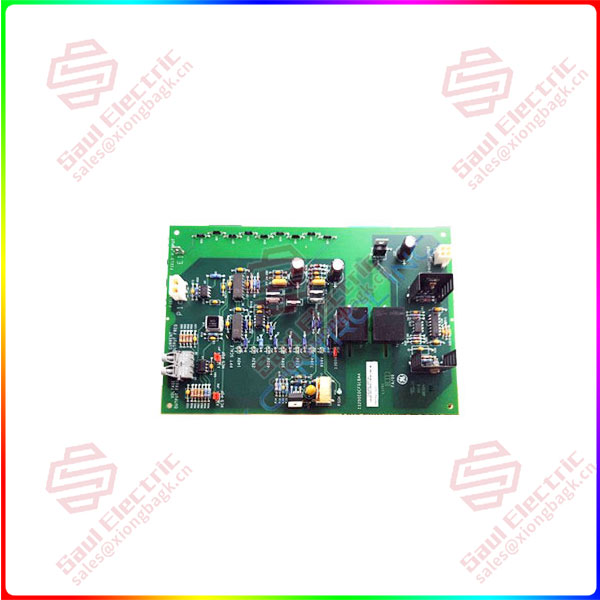Four areas best suited for digital transformation
Manufacturers can address these issues through digital transformation to improve process traceability and productivity, leading factories into the next era of manufacturing. Key areas that need to be addressed include:
Automation – Advanced collaborative robots can not only perform basic repetitive tasks, but also increase the flexibility of production processes without having to invest a lot of money and time to overhaul or redesign. With the help of collaborative robots, companies can adapt more quickly to changing market demands while providing safer and more convenient workplaces for workers in different positions.
Connectivity – Connecting devices, machines, and computer systems digitally enables communication and data exchange between enterprise assets, which increases real-time traceability of processes, improves the collection and integration of data from multiple sources, and improves day-to-day analytical capabilities and actionable insights that impact the bottom line.
Intelligence – Organizations can process and analyze consolidated data to generate unified reports and intelligent predictive simulations that support better decision making and identify areas for improvement.
Processes and teamwork – In addition to digital transformation technologies, businesses need to change their mindset. A flexible mindset, a willingness to learn and adapt, and collaboration with suppliers and cross-functional teams are critical to digital transformation.
Automatic labeling robots insert asset labels and foils to speed up the labeling process.
Put principles into practice
Flextronics’ Solocaba factory in Sao Paulo state, Brazil, is undoubtedly a model of digital transformation and upgrading. Recently, the plant was recognized by the World Economic Forum (WEF) as a Beacon of Sustainability Factory in recognition of its overall circular economic ecosystem developed using Industry 4.0 technologies.
Notably, the digital transformation of Flextronics Sorocaba helped it reduce material losses by $5 million and spare parts requirements by $1 million, with an overall increase in operational efficiency of 90%. Some types of work in the factory even achieved a 36 percent increase in productivity. In addition, enhanced process transparency and product quality increased customer satisfaction by nearly 20%.
These improvements stem from Flextronics’ rigorous process of deploying Industry 4.0 initiatives across the end-to-end value chain, with a focus on both processes and people. The transformation of the Solokaba plant has deeply integrated sustainability into its business philosophy, while implementing digital health and safety measures that emphasize employee engagement, upskilling and well-being.

IS200EDCFG1B
Specific steps and results include:
First, the Industrial Internet of Things (IIoT) performance management system connects 44 production lines, providing real-time data and process transparency. The solution resulted in an 81 percent reduction in material loss and a 23 percent increase in overall equipment efficiency.
The adoption of a circular economy ecosystem, including an e-waste reverse logistics system based on iot and cloud technologies, has reduced material waste by 94 percent and plastic material costs by 38 percent. Certified by the Canadian Standards Association, the plant reduced its resource use by the equivalent of 44,000 carbon credits.
At the same time, an end-to-end ergonomic digital thread is utilized, including real-time monitoring of the operator and alerting the operator when job rotation is required or when the ergonomics of the station is improved.
In addition, low-code and no-code digital tools and robotic process automation (RPA) solutions have freed humans from repetitive tasks, reducing manual non-value-added work by 38 percent. At the same time, a skills upgrading program for more than 200 employees was carried out, which increased employee and customer satisfaction.
Advanced real-time supply chain solutions accelerate product processes, create on-demand transparency and enable supply chain resilience.
The future of manufacturing
The example of Flextronics Sorokaba proves that there is hope to dispel the outdated notion that manufacturers are reluctant to engage in digital transformation, although the process will not happen overnight. However, once a manufacturing company makes a thoughtful decision to use advanced technology to solve the challenges it faces, the impact on people, operations and workflows can be dramatic.
As Francisco Betti, head of Shaping the Future of Additive Manufacturing and Value Chains at the World Economic Forum, puts it, “The future belongs to those companies that are willing to embrace disruption and capture new opportunities.” The lighthouse factory is shining a light on the future of manufacturing and industry.
Legacy systems may have worked well for decades, but they now threaten to doom manufacturers. In today’s digital world, where flexibility and resilience are at the heart of business success and digital transformation is key to improving efficiency, enabling innovation and staying competitive, there has never been a better time to transform.
 1 Year Warranty
1 Year Warranty




